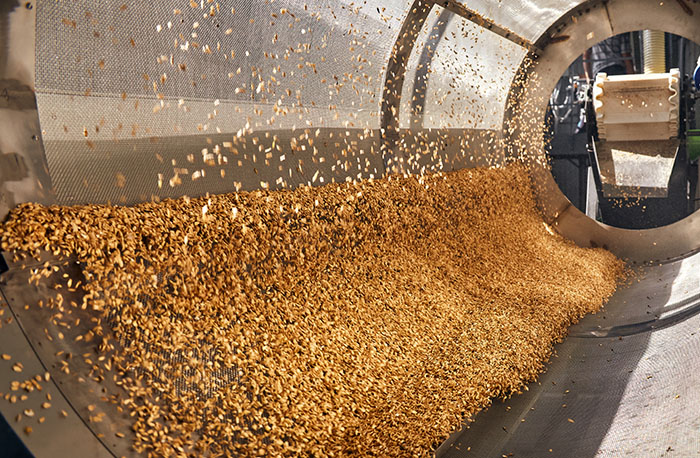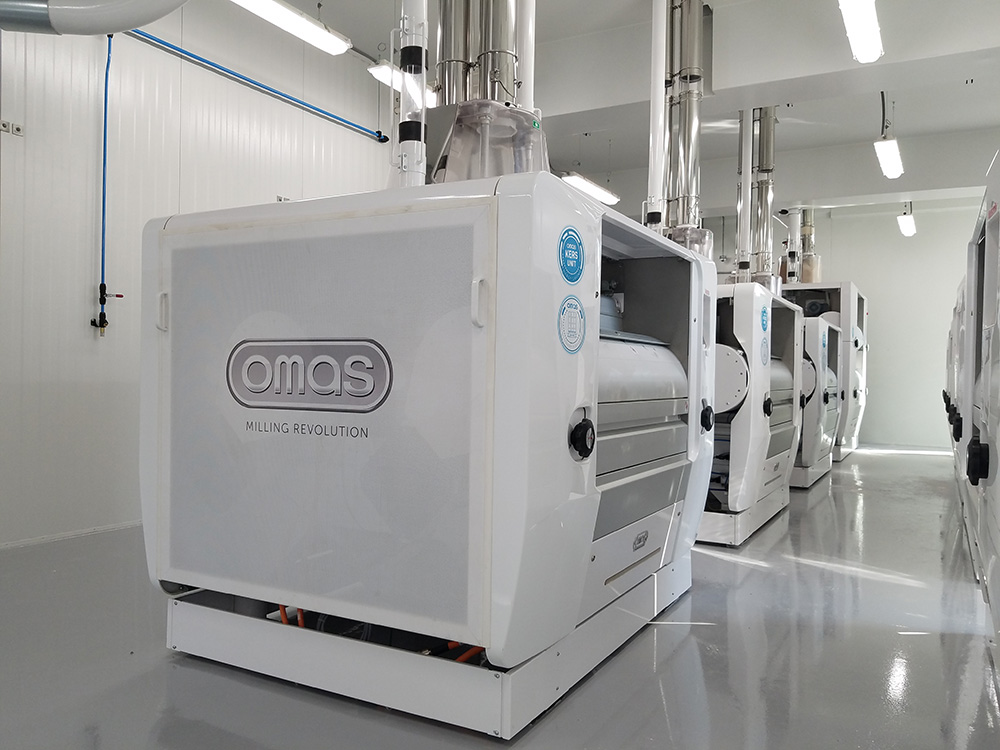Industrial Mill Services: How Automated Milling Processes Raise Yields
Written by: Bratney

Did you know that automated milling can increase your throughput and reduce costs? Mills are able to provide a more profitable and sustainable work environment.
They can do this by using high-tech digital instruments in all processes. Making this change is vital in an industry where competition is tough and profit margins are low.
Milling plants are switching to automation and smart milling to reduce human-based work. Milling plants do this by ensuring the establishment of ergonomic processes and saving energy.
With automated milling machines, mills can achieve the most outstanding efficiency and capacity in the best conditions. By doing so, mills can optimize losses and produce high-reliability products.
Process control is crucial in milling plants that make tons of products per day. Process control is especially true in the food sector, where sustainability and traceability are essential factors.
Automated milling is a must for quality and error-free production in mills. So the question remains, what is automated milling? What are the advantages of using an automated milling machine?
Almost every miller in the world has considered automation to some degree. Many have been very successful in cleaning houses, mills, or packing plants. So what about you? Read on for more on how automation systems can benefit your mill.
What is Automated Milling?
Automation is the use of equipment to automate systems or production processes. A mill can increase its production or reduce costs by using automation systems. Sometimes both are possible.
Automated milling is an excellent way to drive greater efficiency.
Using automated milling machines reduces the work done by humans. These systems are electromechanical and are programmed to perform many different processes.
The process doesn't change with automation. It continues to start from the entrance of the business to the customer. But feed mill automation gives you better control over the quality of the product. Quality depends on process control.
Automated milling can help you control critical points without a single mistake.
Different Types of Automated Milling
The manufacturing process can be diverse. For this reason, there are three different types of automation systems to suit different processes in your mill.
Fixed Automation
Fixed automation or hard automation is simple. It is a system where manufacturing automation is set to produce a single product. This kind of automation has a high barrier of entry and is used for producing large quantities.
The production volume normally associated with fixed automation doesn't have time for changeovers. If changes need to be made, the entire system would need to be shut down, and tools are manually swapped.
Programmable Automation
As the name suggests, programmable automation relies on a program to govern it. The program acts as a set of instructions that the system reads, interprets, and executes.
Programmable automation has the capacity for change. It can also accommodate different configurations and sequences. This kind of automation is most suitable for batch production.
Flexible Automation
Flexible automation systems are like programmable systems. They use computerized systems to control the machines. These systems can respond to production changes quickly.
Benefits of Using an Automated Milling Machine
Several benefits are associated with using automation systems over conventional, manually operated systems. Automated milling can be more precise, offer better scalability and improve its capabilities.
Automated milling machines can aid mills by removing variability and providing better uniformity. In flour mills, automated milling can continuously track production streams for variances in rates and quality.
Automation offers trends and historical data to help management. Dips in rates and quality are monitored and corrected on a real-time basis. This data can help find the most effective production methods.
Automation systems can lead to lower maintenance and operational costs. Equipment condition monitoring can provide early signs of possible machine failure. This warning can give you the opportunity for planned maintenance.
Machines do all the dangerous work and require limited human staff. By implementing automation into your agricultural business, you can reduce labor and improve the safety of your mill. This will allow you to increase productivity and reduce costs.
How Automation Systems Affect the Yield
Because systems can react to changing variables without delays or manual interventions, automated systems can give operators, engineers, and management information about control variables. Automated systems can help meet regulatory compliances.
Operators can review these control variables to drive consistency. Operators are also not required to be in front of the control points to make adjustments.
Innovations and Solutions Brought by Automation Systems
The milling industry needs to embrace IoT (Internet of Things) to avoid being left behind. Regulatory procedures, food security, and innovations will force even a small mill to stay current.
Smart MCCs (motor control centers) enable operators to clear faults and watch production without going to the MCC. There is more diagnostic and performance data available for mills. Automation systems can help reduce downtime and enhance productivity.
Smart mills work within a secure network. They can support an automated process seamlessly. Operators can control their mills from their tablets with all the data they need at their fingertips.
Possible Challenges
Despite all the benefits industrial mill services provide, there are some challenges. Programming the motion can be quite complex and need advanced software.
Some of the challenges you may face include managing robot errors, cables, robotic imprecision, and the toolpath size. These are challenges that you can overcome with advanced software and precise programming.
Getting Started with Automated Milling
The future of industrial mill services is processing with robotics and digital technologies. And many agricultural businesses are taking advantage of automated milling.
But in many countries, small or medium-scale milling plants continue to operate manually. Are you one of these facilities at risk of being left behind in the milling industry?
By switching out your old and outdated technology, you can enjoy lowered costs and increased productivity. You can also keep relevant in the agricultural industry. We can help you find innovative solutions for your business.
Contact us today to get more insight into how you can automate your milling plant.


